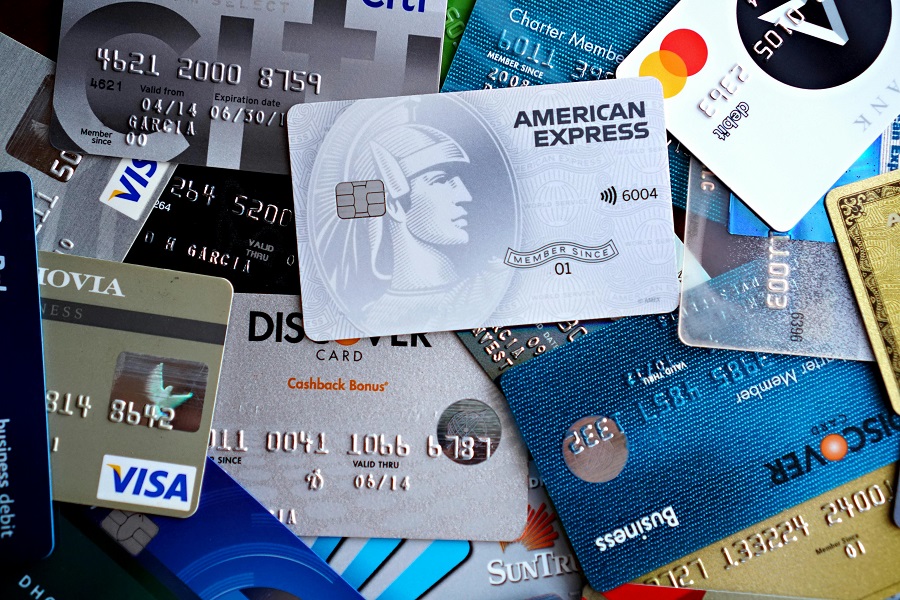Credit cards are a convenient and flexible form of borrowing, but that convenience often comes with a steep price: high interest rates. While mortgages, car loans and many personal loans commonly offer single-digit rates or much lower APRs, credit card interest rates frequently sit in the mid-to-high double digits. Understanding why requires digging into the structure of credit card debt, borrower behaviour, and how lenders manage risk and costs.
1. Credit Cards Are Unsecured

One of the most important reasons credit cards are more expensive is that they are unsecured. Mortgages and car loans are backed by collateral — the house or the vehicle — that a lender can repossess if a borrower defaults. That collateral lowers the lender’s potential losses and allows them to charge lower rates. Credit cards, by contrast, are based solely on the cardholder’s promise to pay; there’s no asset tied directly to the account. Lenders demand higher interest as compensation for that elevated risk.
2. Revolving Credit Creates Uncertainty
Mortgages and auto loans are installment loans with fixed repayment schedules and steady amortization. Credit cards use a revolving model: you have a credit limit, you borrow up to it, you repay some portion, then you can borrow again without reapplying. That ongoing, open-ended exposure increases uncertainty for the issuer — they don’t know when balances will be repaid or whether the borrower will maintain responsible payment behaviour. The extra uncertainty is reflected in higher pricing.
3. Higher Historical Default Rates
Historically, credit card portfolios experience higher default rates than many secured products. In tough economic times, consumers prioritise secured obligations — the mortgage or car loan — before unsecured credit. Because defaults on unsecured cards are more common, issuers price that risk into interest rates so that the performing borrowers effectively subsidise the losses from those who default.
4. Small Minimum Payments Stretch Balances
Credit card statements typically allow a small minimum payment — often a fixed dollar amount or a small percentage of the balance. This means balances can be carried for years, generating compound interest. Lenders design minimum payments knowing many customers will use them rather than paying in full. Longer outstanding balances increase the lender’s exposure and the expected interest collected, which again justifies higher APRs compared to fixed-term loans.
5. Higher Operational and Fraud Costs
Running a credit card business is operationally intensive. Every card swipe triggers authorisation processes, fraud monitoring, dispute resolution, customer service and (often) rewards programs. Issuers also absorb the cost of fraud and chargebacks. These recurring, transaction-level costs are much higher than administering a single mortgage payment per month, and issuers recover that overhead through interest and fees.
6. Consumer Convenience Has Value
Credit cards provide instant access to liquidity, global acceptance and additional protections (like dispute rights or purchase protection). That utility has value; consumers accept paying more for on-demand borrowing without the paperwork of applying for a new loan every time cash is needed. Part of the interest premium covers that convenience.
7. Profitability and Fee Structures
Credit card portfolios are extremely profitable for lenders. Beyond interest, issuers earn interchange fees from merchants and generate revenue from late fees, cash-advance fees and other penalties. However, a large share of issuers’ margin still comes from cardholders who revolve balances. High rates amplify that revenue stream, and issuers set rates to both manage risk and meet profitability targets.
8. Behavioural Economics — Borrower Choices
Many cardholders underestimate how interest compounds. Behavioral patterns — paying only the minimum, impulse spending, or using cards for everyday purchases — result in long-term balances that create steady interest income for issuers. Lenders set pricing with these behaviours in mind: if a meaningful portion of users will carry balances, higher APRs boost expected returns.
9. Lack of Regulatory Caps (in many markets)
In numerous countries, credit cards are not subject to the same strict rate caps as certain consumer loans. Where regulators tightly limit interest on secured loans, credit cards may face fewer constraints, allowing issuers to price rates that reflect risk and market dynamics.
10. Some Personal Loans Are Different
It’s worth noting that not all personal loans are cheaper than credit cards. Unsecured personal loans can carry rates comparable to or above credit-card APRs depending on borrower credit quality. The difference comes down to term, underwriting, and whether the lender assesses income, credit history and debt-to-income ratio more rigorously than a typical card application.
What This Means For Consumers
Credit cards are excellent tools when used wisely: they offer convenience, rewards and short-term interest-free borrowing if paid in full each month. But carrying a balance makes them an expensive form of debt. To minimise cost, pay cards off monthly, prioritise high-interest balances, or consider consolidating to a lower-rate personal loan if you need to carry long-term debt.
Short, practical takeaway: treat a credit card as a payment convenience and emergency buffer, not a long-term financing solution. When you must borrow, compare secured and unsecured options and calculate total interest over the repayment term before deciding.
For more information and tips to help you choose the best credit card in NZ, visit our website Credit Cards Compare.


